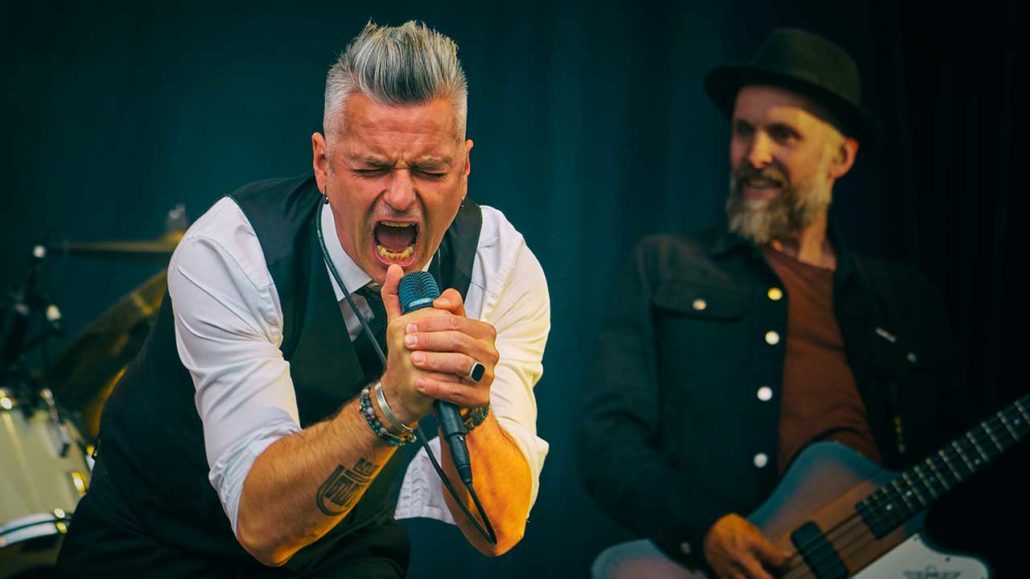
Why SOVT Exercises Train Vowels Better Than Open Mouth Vowel Exercises
CAN SOVT EXERCISES TRAIN VOWELS BETTER THAN TRADITIONAL VOWEL TRAINING?
SOVT exercises (semi-occluded vocal training) have been used effectively in vocal training for centuries. The argument I care to make isn’t as to whether they are valuable as vocal exercises or not. They are. They’re wonderful.
The argument goes deeper.
Based on the results in my own training I’m finding that SOVT exercises, especially the straw phonation in water device, are more effective at improving all vowels and consonants faster and more deeply than training on vowels with traditional open mouth vowel exercises.
The key lies in the repetitive vocal training needed to produce deep and lasting changes to bad muscle habits.
Those with singing problems likely have speech problems. Those speech problems may not be severe enough to interfere with spoken communication, but they can wreak havoc on our singing.
When we train with our mouths open, whether with consonants or without, we trigger all of our bad habits. There can be a use for this, but most of the time, we want to train with our bad habits at bay to better develop the new habits.
MASTERING CORE VOCAL TRACT SHAPE TRAINING
How Vowels Become Vowels
When you create sound, all vowels sound the same from the soles of your feet, through the breath engine, through the vocal folds and larynx, and even through the turn the sound waves take at the back of your throat.
Vowels gain their distinction from one another in the mouth. Specifically, as the sound waves pass through the space between your tongue and hard palate, the roof of your mouth.
The two primary determinants of a vowel are:
- The vertical distance between the highest point of your tongue ( the bump, or hump) and your hard palate, and
- The location of the tongue hump on the front to back horizontal plane within your mouth.
Sloppy Speech vs Precise Singing
In speech, our vowels and consonants are all over the place. Native English speakers, for example, pronounce the “AH” vowel very deep in the mouth. This isn’t considered a good sound. It’s too round and somber and lifeless.
In the Italian tradition the “AH” is more forward. Meaning, the hump of the tongue is more forward. The sound is better.
In highly dynamic and precise singing it is imperative that all vowels be similar in tone and timbre throughout our range. In speech this is less important and we’ve developed ingrained muscle habits that produce dissimilar and often sloppy vowels.
Vowel Training Alternatives
It seems at first to make logical sense to train vowels and consonants using vocal exercises that emphasize vowels and consonants. It works over time. I’d never argue that it doesn’t work.
What I’m after is what works best. What works fastest. What exercise strategy will replace my deeply engrained bad muscle habits with newer and better, deeply engrained good habits.
Enter SOVT exercises and the “Bubbler”!
HOW TO TRAIN ALL VOWELS AT THE SAME TIME!
The art of SOVT training is to do the exercises with as little movement as possible. Excess and inefficient movements, whether inside the body or flailing about with arms and limbs and on tippy toes inhibit effective vocal training. Training on vowels and consonants with an open mouth can trigger all these inefficiencies.
The key to rapid vocal improvement is to hold the vocal tract in its core shape, the shape that all vowels share, and to repetitively train all aspects of your voice with as little alteration to that shape as possible.
Vowels have about 95% of their shape in common with each other. They have nearly 100% of their breathing and vocal fold requirements in common.
Precise singing requires only minute movements of the tongue, lips and jaw, measured in millimeters. And at those moments where the jaw may need to drop a little extra, it’s not usually due to changing vowels. It’s due to the need to navigate through uncomfortable acoustic events happening within the instrument, such as harmonic/formant transfers.
SOVT exercises are also low volume exercises so they are “household friendly” for those who live with others.
There are many, many other benefits that I’ll discuss in future articles and episodes.
THE KEY TAKEAWAY
The key takeaway is this,—don’t take my word for it. Give it a try and see if it works for you. Learn how to do the SOVT exercises, especially straw phonation in water. Build yourself a daily workout routine. Download the free scales from my site. Choose the ones that cover the ranges you care to develop. I currently rely heavily on the 2-Octave and 1-Octave Chromatic Looper scales in the collection. I use them from all the different vocal ranges.
Not only are my vowels improving faster than ever, but I do better strength training with SOVT exercises, too. There’s literally no aspect of singing technique that doesn’t develop faster in my voice with these workouts as opposed to open mouth training.
Be well and enjoy your day,






